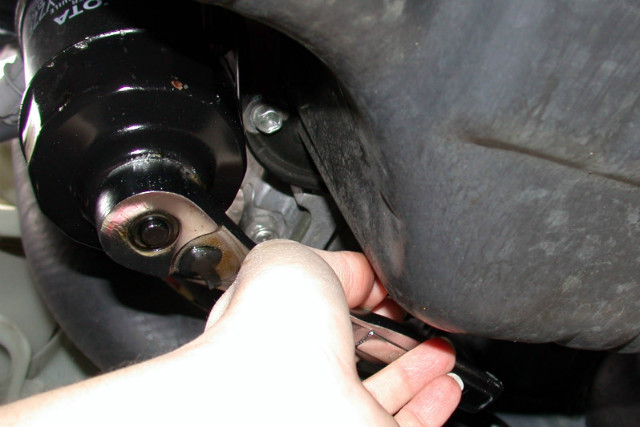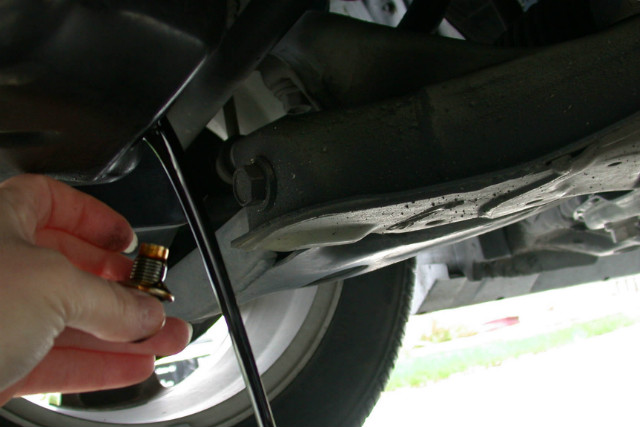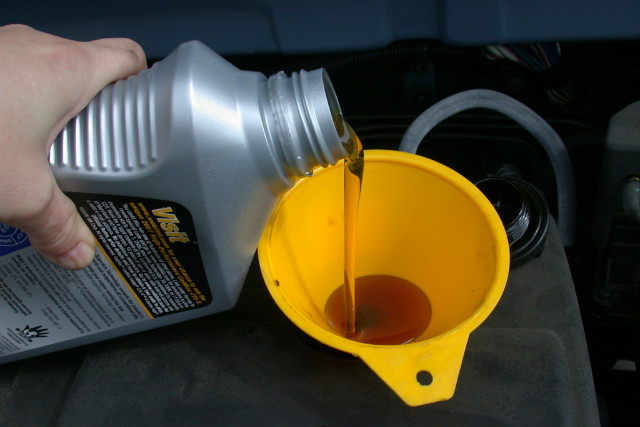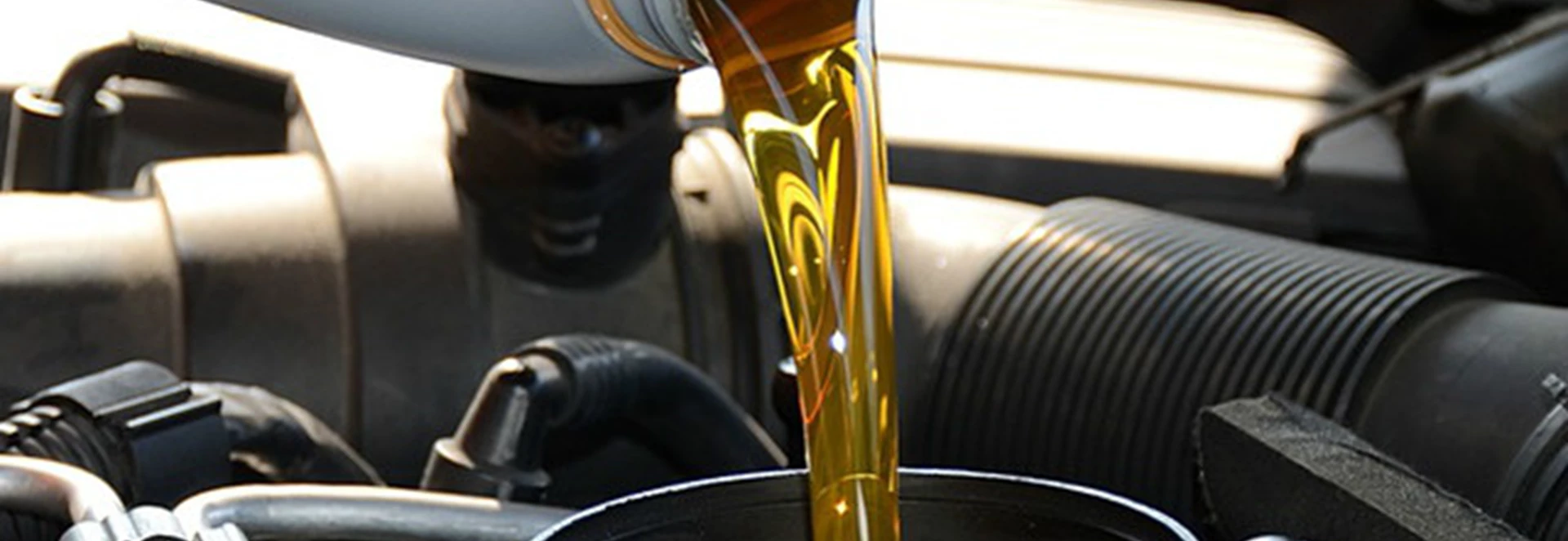Changing the engine oil and filter in your car on a regular basis is one of the most important things to do in order to keep your car in good health.
As you use your car over time, the engine oil will break down and the oil filter will gradually become clogged with contaminants, which is why it’s important to replace both. How often you need to get it changed depends on the type of vehicle you have and your driving habits. You should be able to consult your owner’s manual to get an idea of service intervals.
However, your car likely won’t need to get its engine oil replaced as often as certain maintenance myths suggest. Changing oil is also a task you can pay to have sorted for you if you take your car to a professional garage.
If you want to change the car’s engine oil yourself, however, then this is the guide for you.
Tools and setting up

You’ll need to check you’ve got all the right tools before even attempting an engine oil change yourself.
For this task you’ll need a container filled with new engine oil (which can vary in price depending on the car), a replacement oil filter, a wrench suitable for the oil filter and a socket wrench suitable for the oil drain plug. Also get together a funnel, an oil trip dray (a plastic basin could also be used) and a trolley jack. You’ll also need axle stands to keep the car in a raised position after it has been jacked up.
Once you’ve got everything you need, park the car on a hard, level surface. Have the handbrake on, the engine switched off and (if possible) chock the rear wheels for added security.
It is a good idea, however, to run the engine for a few minutes before you properly start the process of changing the oil. That’s because the oil is thinner while the engine is warm and it will therefore run more easily.
When the car is in position, use your trolley jack to jack-up one of the front wheels and then place an axle stand on the same side where the wheel has been raised, under the strongest part of the car. The owner’s manual should tell you the best place to put an axle stand. Repeat this process on the other side of the car. Now there should be sufficient room to slide underneath the front of the car.
Removing the old oil

Firstly, you’ll need to know where the oil drain plug is located on your car. Your owner’s manual should pinpoint where it is but if you don’t already own this, it’s a good idea to buy the appropriate manual for your vehicle.
If the plug has a conventional hexagonal head then that’s good news, you should be able to just undo it with a socket wrench. If the plug has a sunken socket, however, then you’ll probably need an appropriate spanner to get it undone.
Just before you undo the plug, slide the oil drip tray underneath it. When the plug is undone, hot oil will start gushing out and should land into the tray.
Swapping the oil filter
While the old engine oil is being drained, this is a good time to remove the old oil filter. You’ll need to know where it is first, and its location should be explained in the owner’s manual.
The majority of engines use a metal canister filter which can be screwed on and off. Unscrew the old filter with the appropriate wrench. Wearing gloves while doing this is a good idea, since engine parts around the screw could be hot. Having a rag nearby is also helpful as oil will likely leak from the old filter once unscrewed.
Grab the replacement oil filter and smear fresh oil around its rubber seal before screwing it onto where the previous filter was located.
Refilling with new oil

When the oil filter is swapped and the engine is entirely drained of its old oil, it is time to fill the engine with new oil. Take off the oil cap on top of the engine and remove and wipe the dip stick also under the bonnet (used to measure how much oil is in the car).
Grab the container with the new engine oil and your funnel and begin pouring the oil into where you’ve removed the cap. The funnel will make this process a lot easier and less messy.
The owner’s manual will let you know how much oil the engine should contain. You can also use the cleaned dip stick to check the amount of new oil inside is between the minimum and maximum level recommended.
When there’s enough fresh oil inside, it’s time to clear everything up. The old engine oil in the tray will need disposing of in a suitable container. If the container with the new engine oil is now empty, this could be used to store the old oil.
Jack-up the car again and remove the axle stands on the car, then remove the trolley jack and start up the engine and let it run for a minute or so. Afterwards, check the oil level is okay again using the dip stick and also check the drain plug and oil filter to be sure that there aren’t any leaks.




